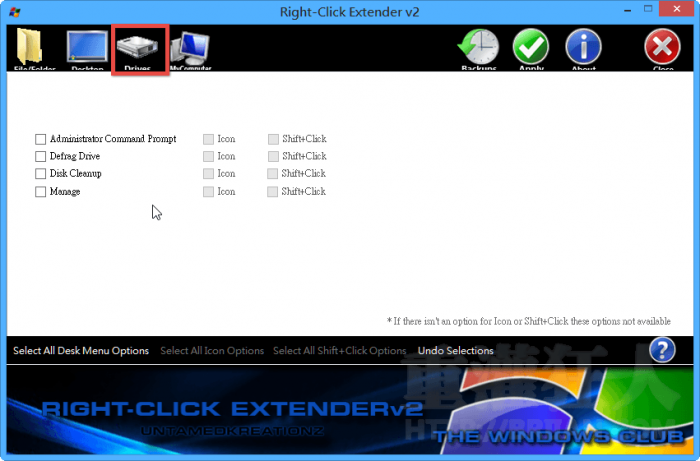


Context menu editors are the name for these tools. To change and organize the right-click context menu, utilize a few tools if you want to make it simple. The context menu in Windows 10 must therefore be customized.īut doing it by hand can be challenging and time-consuming. These undesirable options might make the context menu could be clearer and more organized. Numerous programs and applications that are installed on your computer may be the cause. However, occasionally it becomes overburdened with pointless choices. You’ve all used it to move, cut, rename, or remove a program or file. The right-click context menu and right-click menu are other names for it. The pop-up menu that shows when you right-click on a program, application, or file is known as the context menu. Let’s first define “Context Menu” and examine the rationale for installing a “Context Menu Editor” on your PC. By adding extra shortcuts to the context menus, you can then remove them from the desktop, Start menu and taskbar.We’ll talk about some of the best context menu editors for Windows in this article. So with those software packages and the Registry Editor edits outlined above, you can now add more shortcuts and options to Windows 10’s context menus. Click a shortcut there and press Delete to remove it from the context menu. Select that tab to open a list of context menu items you can delete as below. Your desktop context menu will include the website shortcut.Ĭontext Menu Editor also has a handy Remove tab. Then input a title in the Text box and press the Set button. Enter the Uniform Resource Locator for it in the URL text box. It will include the software package you selected to add with Context Menu Editor.īelow that you can also add a site hyperlink to context menu. Click the Set button to confirm selection, and then open the desktop’s context menu. To add a program, press the Browse button beside the Path text box to select it. Add software and website shortcuts to the desktop context menu from the App tab.


 0 kommentar(er)
0 kommentar(er)
